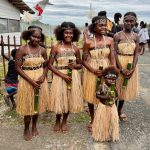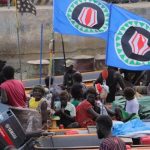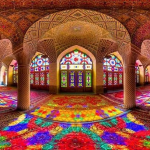Introduction to Mansudae Art Studio
Mansudae Art Studio has a solid claim for being the largest art factory in the world. With over 120,000 square foot of space and over 4,000 employees, the art studio employs a wide variety of styles to produce its craft. From ceramics to woodcuts, embroidery to charcoal drawings, stonework and metalwork, the art studio covers all its bases. I think we ought to go over some of the main points of the immense cultural institution.
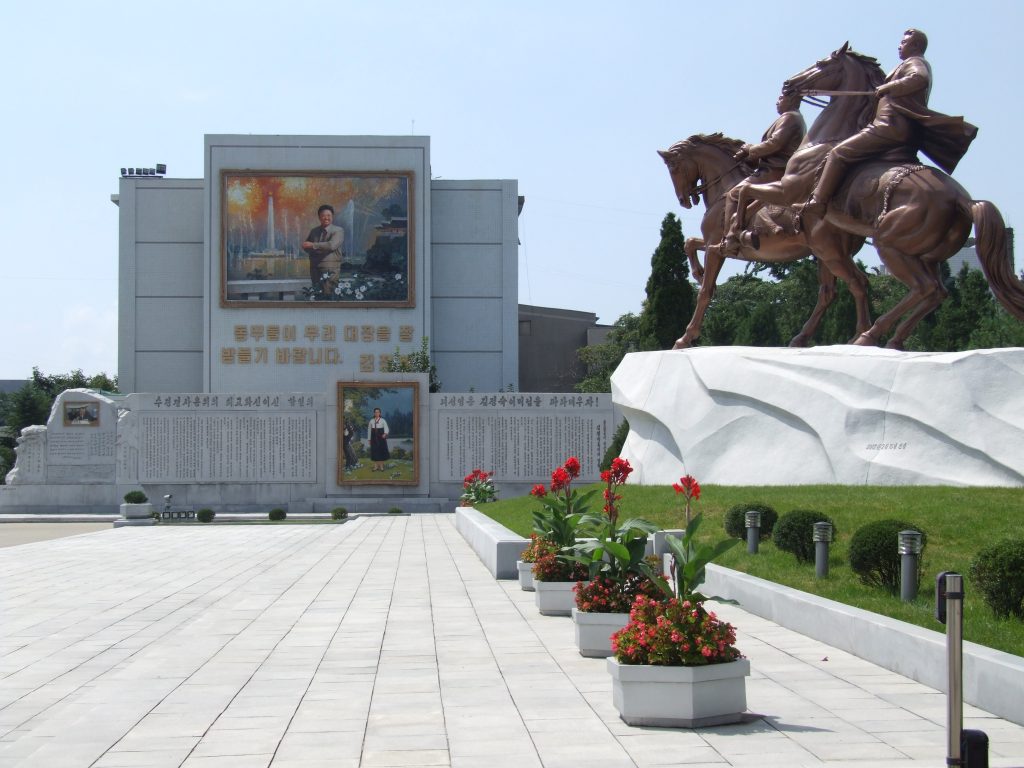
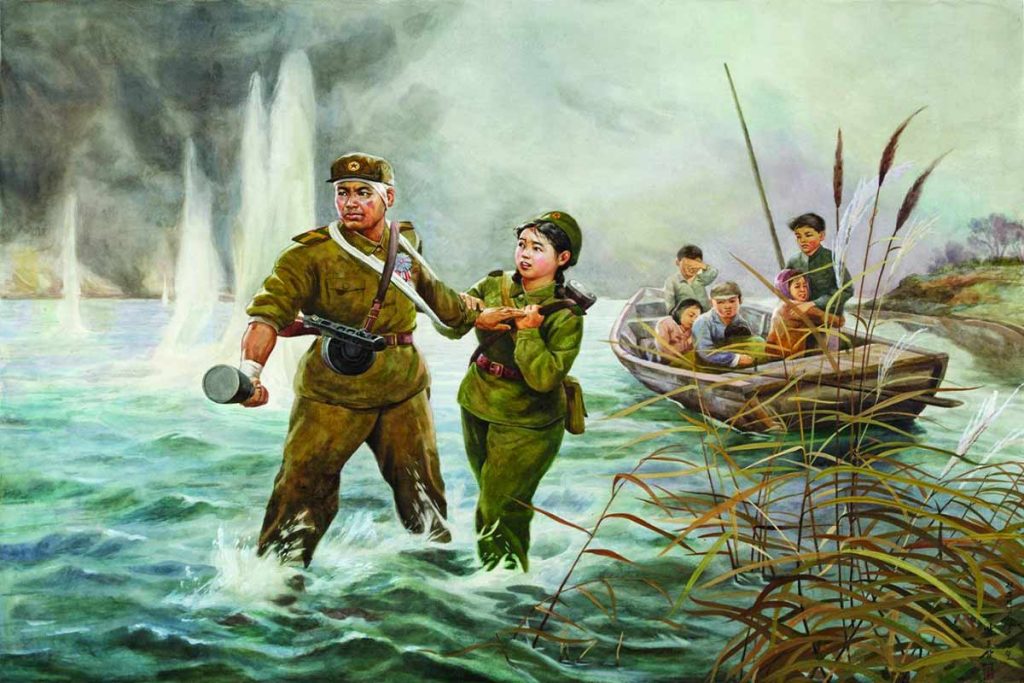
History and Style of Mansudae Art Studio
Mansudae Art Studio was officially founded on the 17th of November 1959, a mere six years after the end of the Korean War. The devastation of the conflict had raised much of Korea’s cultural institutions to the ground and killed or maimed countless talented individuals. It’s no surprise that in the period of reconstruction, it took a little time to get things rolling again.
The studio was naturally developed as a means of promoting socialist values and ideals. Such projects began as far back as Lenin, recognising that dusty tomes of Marxist theory were far less tantalising to the average worker than a short, snappy poster or sculpture that wore its ideals on its sleeve.
During the Stalin era especially, the early expressionist art of the USSR gave way to the ‘socialist realism’ format, which depicted everyday lives of workers in a romanticised way. Smiling farmers working away at fields, laughing factory workers with soot on their faces, all the same exuding a pride and confidence previously limited to the lofty art of monarchs and military leaders.
This standard of socialist realism passed its way through the eastern bloc and into China, becoming synonymous with countries espousing Marxist-Leninist ideals. It’s thus no surprise at all that North Korea and the Mansudae Art Studio would follow in those footsteps, releasing works that bore striking resemblance to their neighbours.
To read about Socialist States click here.
Examples of their work
A good example would be the 1961 Chollima statue as it compares to the iconic 1937 Soviet Worker and Kolkhoz Woman statue. While the Chollima is distinguished by its namesake winged horse, both feature a man and a woman. The man in both cases represents the worker while the woman in both cases represents the peasantry, demonstrated by the hammer and sickle respectively in the Soviet case, while the Chollima statue features the man holding aloft a document from the central committee of the Workers Party and the woman holds a sheaf of rice. Both stand atop a large sloped platform and both prominently feature their respective symbols raised to the sky.

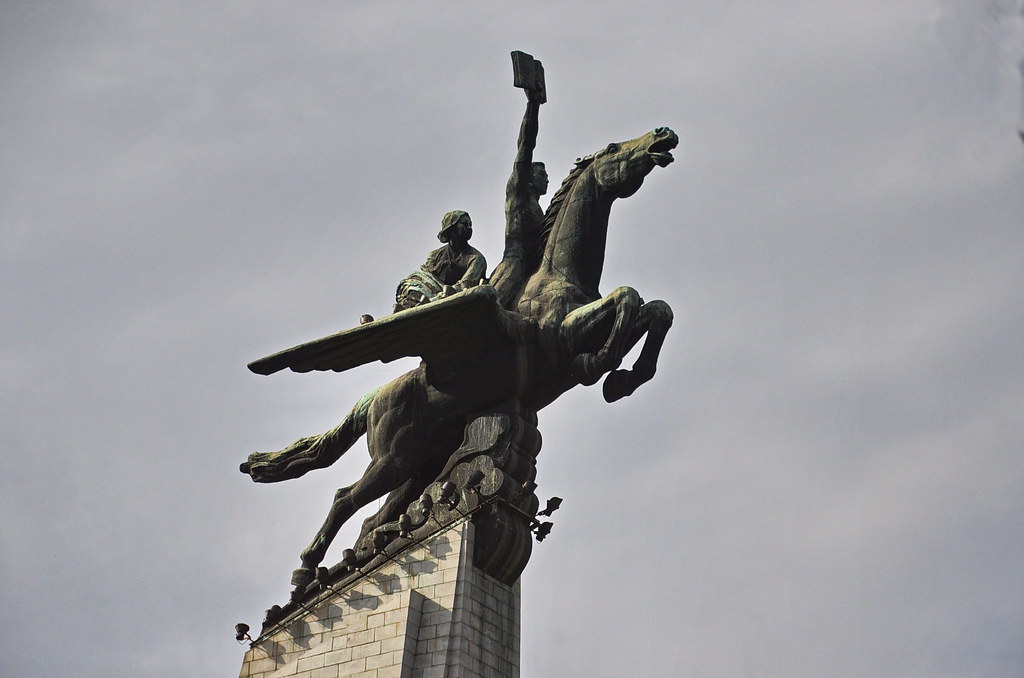
Mansudae Art Studio Composition
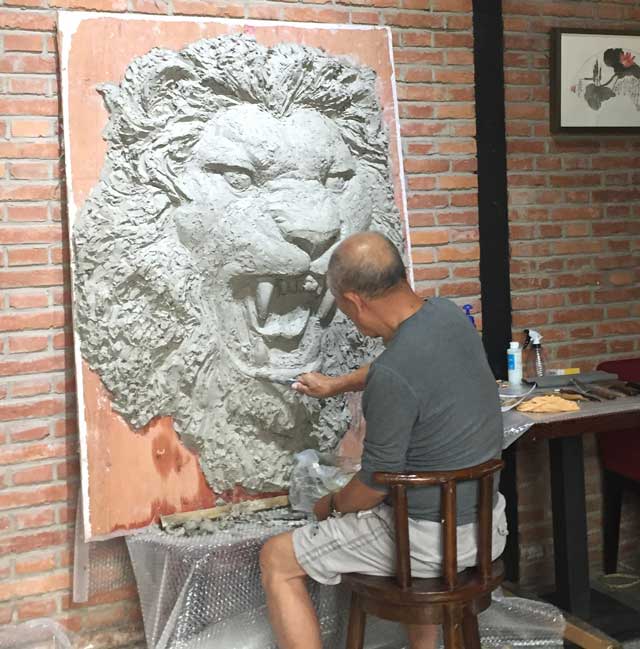
Mansudae Art Studio is reportedly divided into 13 creative groups, 7 manufacturing plants and over 50 supply departments. The vast majority of employed artists are aged between 20 and 60 and are graduates of Pyongyang University, with over half of the country’s State Merited Artists and People’s Artists (the highest national accolades) having been associated with the studio.
The 13 groups are subdivided by their format. The same people working on sculptures typically aren’t the same ones working on paintings, embroidery or ceramics. These groups and sub-groups within typically have shared working areas with individual working spaces in these areas. The idea is that by mixing less experienced workers with more experienced ones, their collective work output can be advanced to higher levels. The largest and most respected group is the ‘Korean painting’ group, containing about a hundred members divided into five teams, led by a state merited artist. Their method is ink on paper, as opposed to the oil painting group which has around eighty members.
When an artist or group at the studio completes a piece of work, it is submitted to a ‘Council’ who review it. If/when it’s accepted, it moves on to another council before being sent off for sale, exhibition or whatever other purpose had been in mind for it.
Mansudae Art Museum: Beijing

Getting ties with the west is very difficult, but ties with China are significantly easier. In 2009, the famous 798 Art Zone in Beijing got a new partner in the Mansudae Art Museum, a permanent gallery and shop for people to admire Korean works of art and buy them over the counter rather than through a complicated third-party system. From original works of arts to copies, stamps and postcards, this is some of the closest you can get to Korea without actually setting foot in the country itself.
A clear way to spot the museum is by the statue at its front, depicting the iconic Chollima from Pyongyang mentioned earlier. It’s far smaller than the original it’s based on, but still provides a nice hint as to exactly what country you are seeing just a little slice of. For those in Beijing even just for a few days before a tour with us, checking out the museum is a great primer for the fun lying ahead.
Notice: According to UN sanctions, purchasing artwork produced by the studio is not permitted. Previously it was possible to do so and have it shipped overseas.



